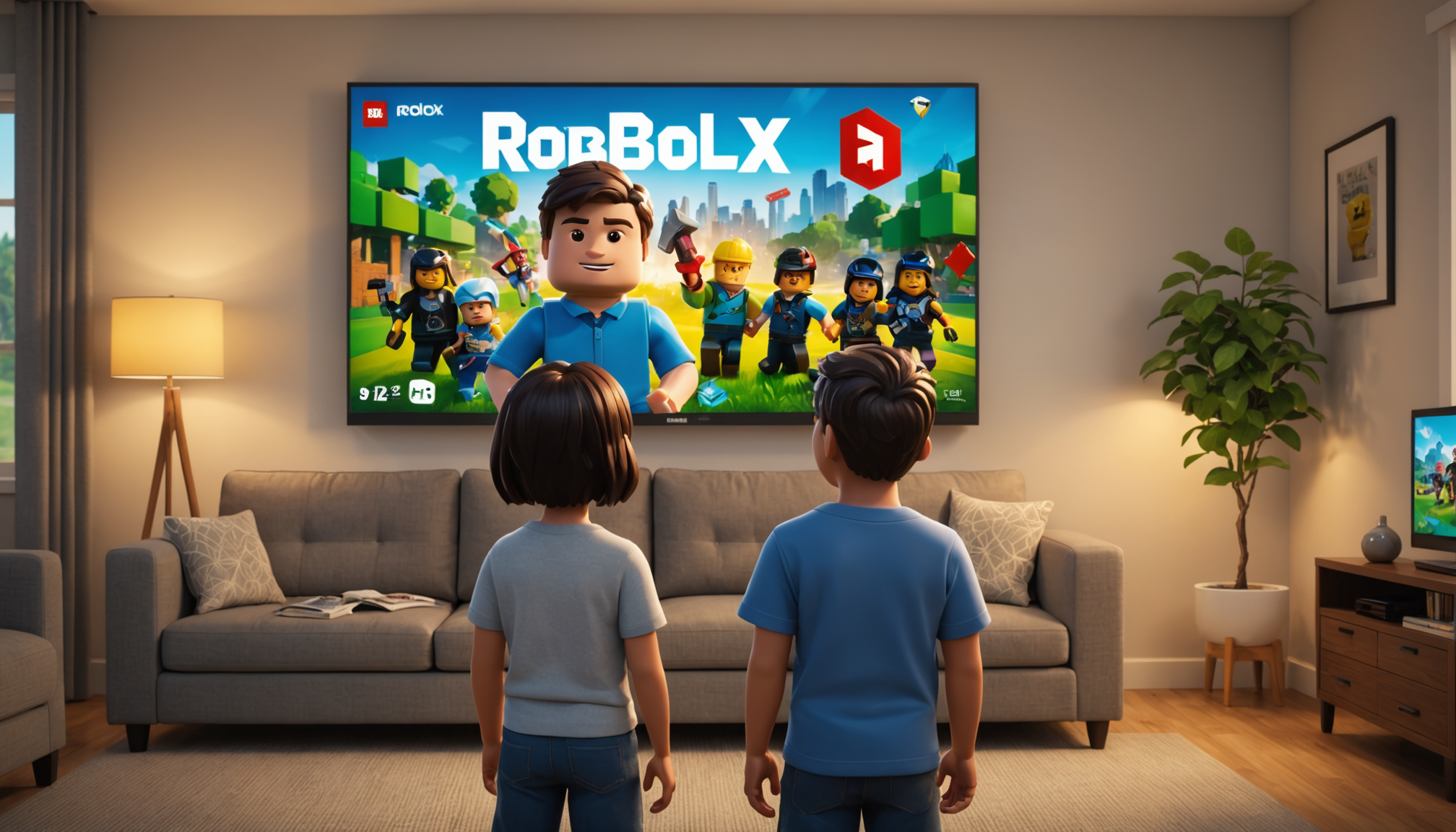Picture this: your child innocently playing on Roblox, building a virtual world, while you ponder whether their digital playdate is really just a pixelated paradise or a minefield of mischief. Good news! Roblox has rolled out new security features to keep kids under 13 safe. But is it a knight in shining armor, or just a can of fancy spray paint on an old rusting gate?
Roblox has taken a giant leap forward in the realm of safety by launching new security features to protect its young players under the age of 13. These updates impose restrictions on direct communication, allowing kids to message only with parental approval.
In response to reports highlighting predatory behavior on the platform, Roblox has decided to restrict chat functionalities and access to certain games. Starting from November, younger users will find it a tad challenging to share private messages, though they can still send messages within specific game experiences. Do not despair if you’re a strict parent awaiting the full rollout until the first quarter of 2025.
Under-13 adventurers won’t be starting any romance novels or participating in freestyle drawing competitions without a guardian’s blessing. This change follows concerns about improper content reaching youthful eyes, emphasized by reports calling Roblox a “predator’s playground.”
Thanks to these new updates and some automatic chat filters, parents will soon have tools to enforce screen time limits, keeping online distractions at bay. Roblox’s notorious content categories are also getting an overhaul, trading age classifications for more descriptive labels. So, expect elements like “humor with a taste of onion” in the future!
Are these measures enough to ensure the safety of our precious future gaming developers? Only time and possibly a disgruntled nine-year-old with a penchant for doodling will tell.

Table of contents
Toggleroblox strengthens security for younger users
In a move to bolster protection for its younger player base, Roblox has implemented changes that limit how users under 13 can interact on the platform. One of the most prominent changes involves a restriction on sending direct messages, requiring parental approval before any communication can happen outside of public game settings. These new guidelines aim to create a barrier against potential unwanted interactions, although they won’t be fully effective until the first quarter of 2025. For now, kids can still send messages within game environments, leaving room for other strategies to ensure their safety.
The rules don’t just stop at messaging. Younger users are also unable to access certain types of social encounters and creative spaces, like freeform writing and drawing experiences. These restrictions are designed to keep potential risks at bay, but they’re not foolproof, considering that anyone with a knack for creativity can find a loophole or two. As a precaution, parents are advised to take advantage of new tools that allow remote management of Roblox accounts, a far cry from the previous method that required direct account access.
are these changes a sufficient deterrent for mischief?
While Roblox has made strides toward improving the security aspects for its youngest users, these changes are not without their critics. Recent reports have brought to light instances where the platform’s chat features have been exploited by ill-intentioned individuals. The use of automatic chat filters aims at curbing the sharing of personal information and blocking inappropriate communication. However, skeptics argue these filters may not always catch every transgression due to the complexity of human cunning.
what more could be done to enhance security?
Though the recent initiatives by Roblox are steps in the right direction, experts believe more can be done. For instance, incorporating mandatory parental controls right from the account setup could play a crucial role in boosting security. The introduction of content tags to describe game experiences could also aid parents in understanding what their children might encounter, as opposed to relying solely on age classifications. These additional layers of protection could improve the platform’s reputation, providing reassurance to parents unsure of their child’s safe engagement with the game.














